From the Archipelago: Bearing Witness
August-September 2004
This is an article from WaveLength Magazine, available in print in North America and globally on the web.
To download a pdf copy of the magazine click here: > DOWNLOAD
Alex sent out a version of this article to her email list this spring. We’re running it now in place of her usual column because she is hard at work, round the clock, monitoring the sea lice epidemic now underway in the Broughton.
 |
Alex and some of the smolts she is studying. |
Over the past several years, I have come to realize that events in the Broughton Archipelago must be witnessed widely. Since 2001, I have been studying an unprecedented appearance of sea lice on wild juvenile salmon in the heavily salmon farmed waters of the Broughton. After identifying the epidemic in 20011, a cohort of authors and I looked at pink and chum fry coastwide and found sea lice only on young salmon near salmon farms2. Last year 11 salmon farms were fallowed in the Broughton and sea lice numbers fell dramatically and significantly3. This year the farm salmon are back in the pens and the lice are back with a vengeance. The relationship is undeniable.
In an act of ruthless negotiation, a fish farm company was given another site in exchange for fallowing one of their sites for a few months last year, and now they have both sites stocked.
Fisheries and Oceans Canada (DFO) did a study at a cost of $1.2 million last year, during the fallow, and held a press conference offering the take home message that I am wrong, there is no problem here, in fact juvenile salmon with lice were more robust than those without lice. The scientific community at large finds this ridiculous and DFO has not offered its research to international peer-review.
The salmon farming industry is slated to expand upcoast into even more productive wild salmon grounds.
I know the temptation must be great to disregard my work and warnings, but I am certain I am measuring the local extinction of the odd year cycle, Area 12 Mainland pink salmon. I have been absolutely correct for two years now on the size of this stock’s collapse. The reason I have been right is not because I am a great scientist, but because the damage is so evident to any who will look. The number of infected fish accurately predicts how many pink salmon will not return to spawn.
This fall we will see a good pink salmon return to the Broughton because these will be the fish that went to sea during the salmon farm fallow. But if their offspring have to swim through a sea of sea lice, as this spring’s generation is having to do right now, a 5 million strong population of pink salmon will cease to exist. This scenario has replayed world wide, wherever salmon farms enter wild salmon waters. Norwegian scientists do not react to my work as DFO does. They say they expected this to happen to us. Tribune Channel is a long narrow channel dotted by four salmon farms, and at the end sits another large one. Millions of tiny pink salmon entered the east end of Tribune, but almost none are swimming out the west end. Every morning I pick up the dying from a short stretch of Tribune. Listless, emaciated, so stunned they do not hear my boat or see my hand reaching for them, these fish will never go to sea.
Entire schools are only a few days or hours behind these dying fish, allowing me to stop and stare at their ruined bodies. Some tilt and sink, wiggle briefly then sink again. As a young graduate student here tells me every evening, “It’s carnage out there.”
I am not alone in studying this any more—a tiny army of young nongovernment scientists are in the field with or without adequate funding. The outlook offered by DFO will be found wrong. Fish with lice are not larger and heavier. Please see my website for recent photos: www.raincoastresearch.org/witness.htm.
Salmon farms do not need to make lice to farm salmon and they do not need to destroy the wild salmon. It is not the same as logging where loggers have to take the trees to log. All that is required here is separation between the farms and the very small wild salmon. There are communities on this coast that would welcome landbased salmon farms. There the farms could offer employment benefits while allowing wild salmon to thrive along with the myriad opportunities they support.
A large public resource is being annihilated by sheer sloppiness. The salmon farms must be removed from Tribune Channel and the Burdwood Islands by the end of this year for wild salmon to continue to exist in the Broughton. In the near future science will pinpoint the farms’ responsibility for the loss of wild salmon. The only question is what will be left. I hope the farmers will take this last opportunity to avoid the legal implications and ruination of their industry and try something new and brilliant. Denial of a problem this obvious is not the intelligent move. Please do what you can to stop this reckless, senseless carnage of a fish so abundant and generous it should be held sacred and passed to the next generation.
Footnotes
1 Morton and Williams in press
2 Morton et al. 2001
3 Morton et al. in progress
© Alexandra Morton, R.P.Bio., is a marine mammal researcher and author, www.raincoastresearch.org
© Photo by Jennifer Lash, Living Oceans Society, www.livingoceans.org.
Editor’s Note: We can all help Alex with this issue. When you buy salmon, be sure to ask, “Is it wild or farmed?” Many restaurants now sell ‘wild only’ but be sure to check. For more information, see www.farmedanddangerous.org or check out the Salmon Aquaculture Report Card at www.GeorgiaStrait.org.

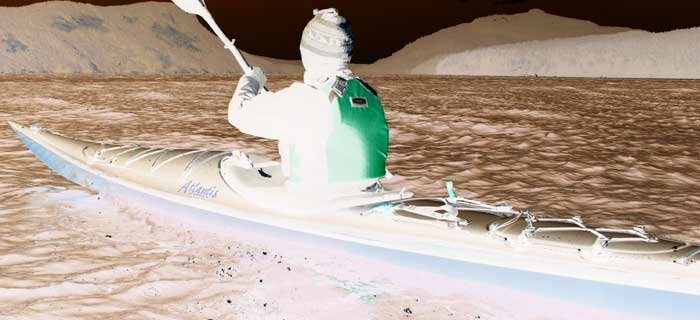
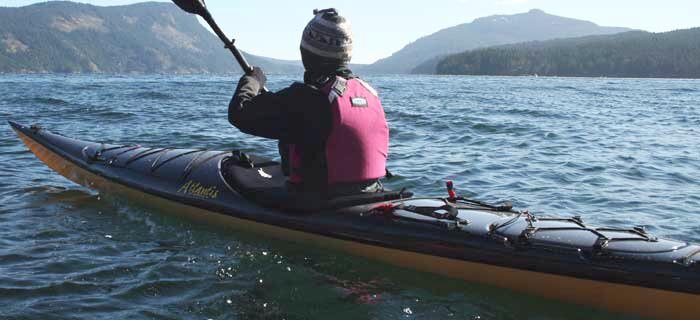
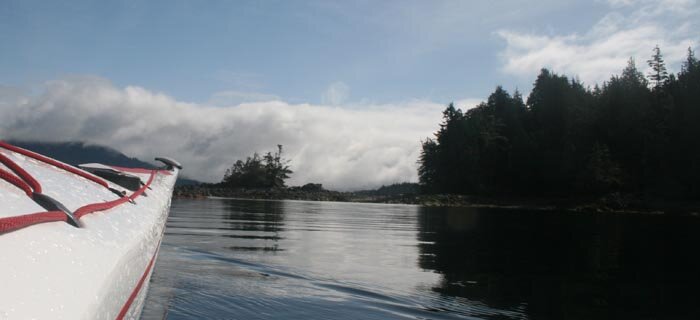
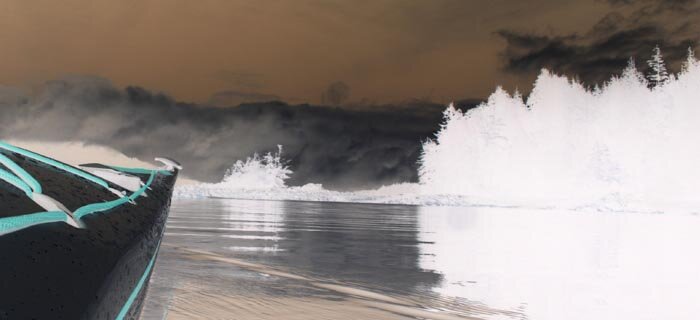
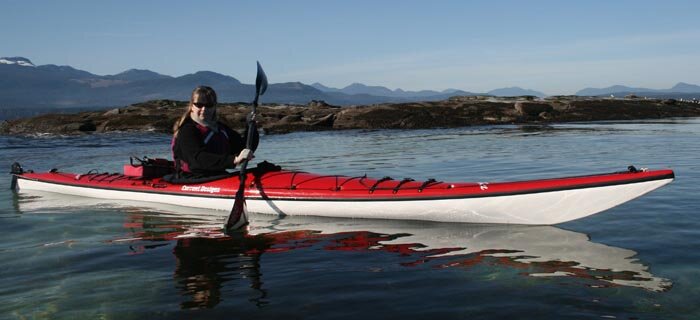


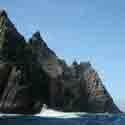













 This site uses valid HTML, CSS and Flash. All content Copyright © 2010 Wild Coast Publishing.
This site uses valid HTML, CSS and Flash. All content Copyright © 2010 Wild Coast Publishing.